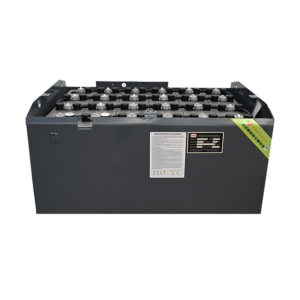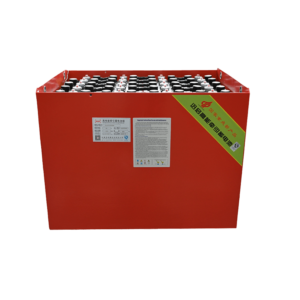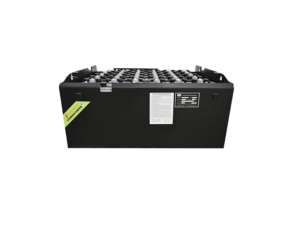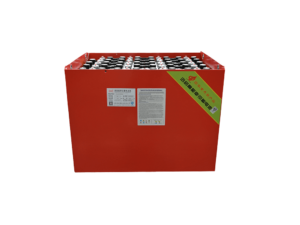Lead-acid battery continues to be one of the most widely used batteries in the market, offering good safety performance and cost-effectiveness. The industry is currently in a favorable state, with promising prospects for future development and ample room for growth. Today, we will discuss the current status and development prospects of the lead-acid battery industry.
Current Status of the Lead-Acid Battery Industry
In recent years, China’s lead-acid battery production has remained relatively stable, maintaining a level of over 200 million kilovolt-ampere-hours. According to data published by the China Light Industry Information Center, in 2019, China’s lead-acid battery production reached 2.02489 billion kilovolt-ampere-hours, representing a 4% year-on-year growth. In 2020, the production increased to 2.2736 billion kilovolt-ampere-hours, showing a 12.28% year-on-year growth.
In terms of regional distribution, the majority of lead-acid battery production in China is concentrated in Zhejiang, Hubei, and Hebei provinces, which account for approximately 55% of the total national production. Additionally, Jiangsu, Anhui, and Guangdong provinces each contribute over 5% of the lead-acid battery production, while the remaining regions account for less than 5%.
Zhejiang province has the highest lead-acid battery production among all provinces in China, accounting for 30% of the total national output. Hubei province ranks second with a share of 13%, followed by Hebei province with 12%.
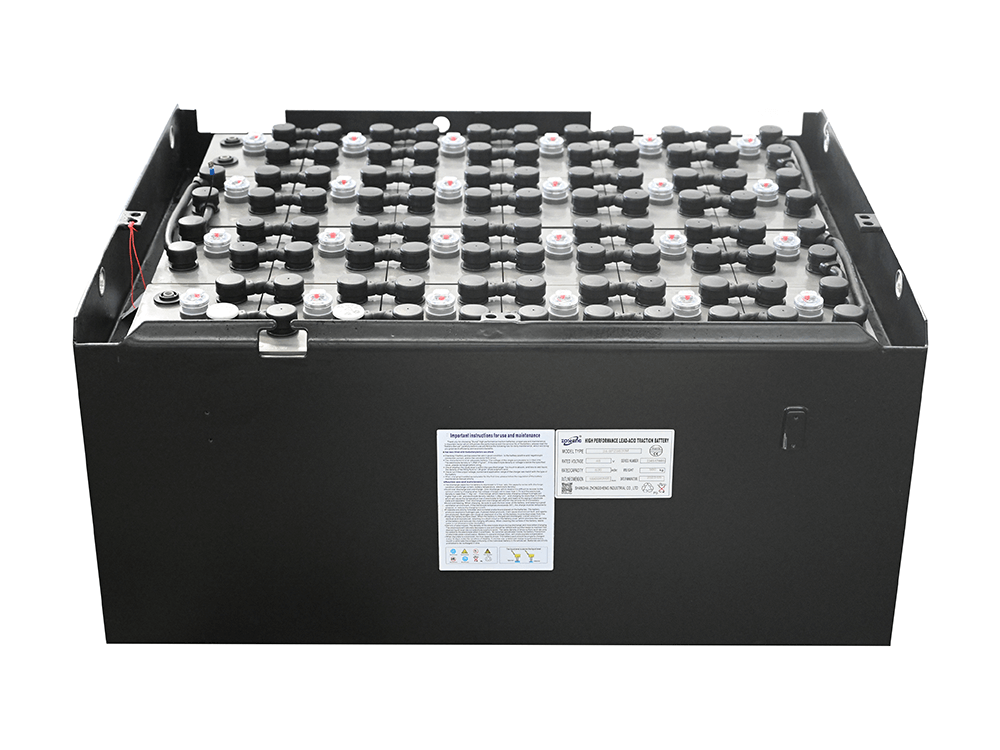
Development Prospects of the Lead-Acid Battery Industry
Lead-acid battery technology is highly mature and remains the most widely used chemical power source worldwide. Despite the widespread application of lithium-ion batteries in the field of new energy in recent years, lead-acid batteries still possess a series of advantages, such as strong high-current discharge performance, stable voltage characteristics, wide temperature range applicability, large single-cell capacity, high safety, abundant and recyclable raw materials, and low cost. As a result, lead-acid batteries are extensively used in the automotive starting battery and start-stop battery sectors.
With the continuous enhancement of China’s environmental protection requirements, small enterprises that do not meet environmental standards are gradually being phased out. Under the influence of policy guidance and environmental protection requirements, the lead-acid battery industry in China is undergoing continuous integration, leading to an increasing industry concentration.
Currently, the lead battery industry has become an important component of China’s national economy and is closely related to the development and interests of industries such as industrial, transportation, communication, finance, national defense, aerospace, new energy storage, and people’s daily lives. It plays an indispensable role in economic and defense construction. Based on this, China’s lead battery market is steadily growing and has become the world’s largest producer, exporter, and consumer of lead batteries.
According to statistics from the Forward Industry Research Institute, China’s lead battery production reached 235.98 million kilovolt-ampere-hours in 2018, with domestic demand amounting to 220.15 million kilovolt-ampere-hours. During China’s “13th Five-Year Plan” period, the compound annual growth rate of lead-acid battery production is expected to reach 10.76%. It is projected that by 2022, domestic lead battery production will reach 273.59 million kilovolt-ampere-hours, while domestic demand will reach 258.79 million kilovolt-ampere-hours.
